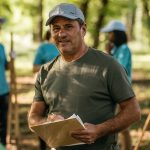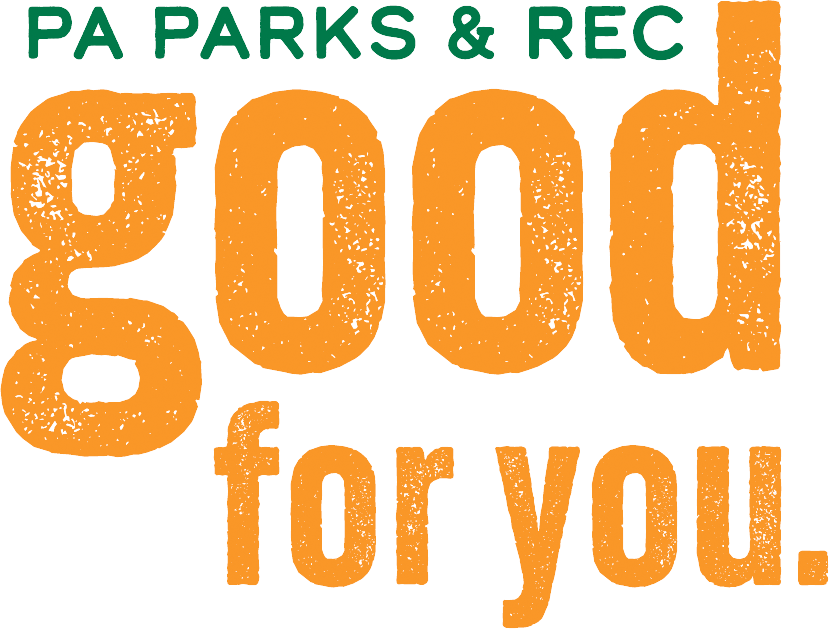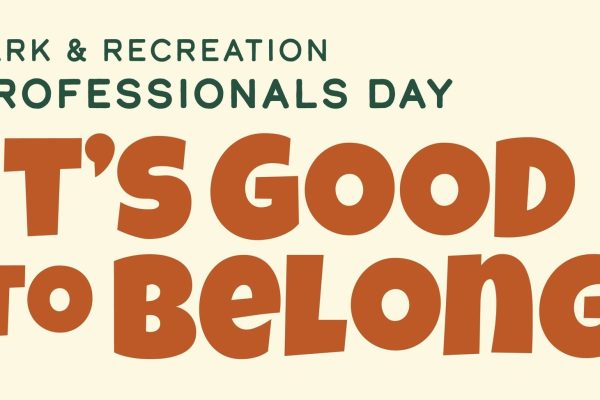
Become a Soup-er Star: Soup Making 101

Untold Stories of Parks and Recreation
February is Black History Month – but at Good for PA, we celebrate the cultural history of African Americans all year long. Combine the expansive history of the U.S. Parks and Recreation with the complicated journey of Black people in this country – and you’ve got a lot to learn, acknowledge, and celebrate this month – and all months. But how exactly has the U.S. Parks and Recreation Department intertwined with Black history? And how can community members and parks and rec lovers alike uplift Black Americans and their history this month?
Discover the History

“History” is part of the name. It’s an integral piece to understanding the current cultural situation. Park spaces, or the land that parks now lie on, have bore witness to years of Black history, and have even acted as important spaces for events and safe havens. Think: the very soil that was part of the Underground Railroad, the grounds where Buffalo Soldiers served, the National Parks that held monumental rallies and protests fighting for change.
The Underground Railroad was a network of safe havens and abolitionists that aided in the escape and freedom of slaves. Did you know that many of these routes are still known to us today? And that many of them run over park land? The National Park Service (NPS) estimates that there are over 700 locations in 39 states that have a connection to the Underground Railroad. They’ve even mapped them out!
One of those spots is Pennsylvania’s own Caledonia State Park, which features Thaddeus Stevens’ Iron Furnace monument. Also, every year, Media, PA, just outside Philadelphia, honors their part in the Underground Railroad. Local Quakers assisted and harbored many escaped slaves, who then settled in the area and raised their families.

On a more fun note, Fairview Park in Easton, PA was the first African-American amusement park in the state. It once had a roller coaster, merry-go-round, hot air balloon rides and more. Today, it’s a perfect place to picnic, stroll, or enjoy time with the kids.
Visit the Spots Where It Happened
Parks live and breathe “community” and represent the idea of equity, that this world should be shared and enjoyed by all people. It’s no wonder that many events throughout Black history have taken place in park areas. When compiling your next park road trip, be sure to include some incredible historical park sites and monuments to your to-do list. To stand on the grounds where history was made is an unbeatable feeling. You won’t regret it – plus, you’ll learn quite a bit!
The Selma to Montgomery National Historic Trail is one of those places. The 1965 route took place over the course of three marches for voting rights and covered a whopping 54 miles, which included park area and the iconic Pettus Bridge. You can visit the trail and now even stop by the Lowndes Center to get a more vivid picture of this journey!

Everyone knows the early life of Harriet Tubman, but what about her later years? Taking a trip to the Harriet Tubman National Historic Park in Auburn, NY, can be a truly enlightening experience. Learn about the schools she helped create for freed people in the South, or maybe discover the Harriet Tubman Home for the Aged – an elderly care facility she birthed. You can see this structure, plus her home and place of worship, at the park. It’s a historical package you can’t beat!
But park sites also hold history that is lesser known. Take a visit to the Nicodemus National Historic Site, an all-Black post-Civil War town with 5 buildings to represent the spirit of Nicodemus. Or discover the Brotherhood of Sleeping Car Porters (the first African American labor union) at the Pullman National Historic Site.

Or stay in the state and visit a few other historic PA park spots. Laurel Ridge State Park features remains of an 18th and 19th century African American settlement, and Penn Roosevelt State Park is home to an African American Civilian Conservation Corps camps. There’s so much to learn in our own backyard. See a full list of PA spots.
Learn From the Professionals
According to the National Park Service, only about 7% of the NPS workforce is Black. In a time of growing diversity and inclusivity, the hope is to have this number grow and grow. The history of Black park rangers is rich and vast. Not just that, but Black park rangers that live and work today offer a unique perspective and have the ability to share stories that are impactful and specific to the African American outlook.

A huge part of understanding Black history is understanding intersectionality – bridging gender and race to understand the full scope. Take a look at Betty Reid Soskin’s story, a park ranger we covered in a previous blog about female park rangers. Soskin was not only the oldest park ranger to date, but she worked tirelessly to tell stories of Black history and make the parks more inclusive. It is park rangers like her that change the NPS for the greater good.
The NPS resource hub for Black History Month also includes “My Park Story” and “Ranger Reflections.” Both serve as outlets to share the stories of NPS staff members and partners of color. These storytellers cover rangers who lived through the Civil Rights Movement to park professionals working today and how they actively uplift Black voices and history daily in the department.
Black History Month can be a great reminder that you’re never done learning about the impactful stories of African Americans throughout time. It can also be a great reminder to get out of the house, travel to a park or nature site, and enjoy and learn history firsthand, right before your eyes and under your feet. The history of parks will always be entwined with the history of Black Americans – and it’s a beautiful relationship you’ll want to explore. Looking to learn even more about the relationship between parks and Black Americans? Click here.




